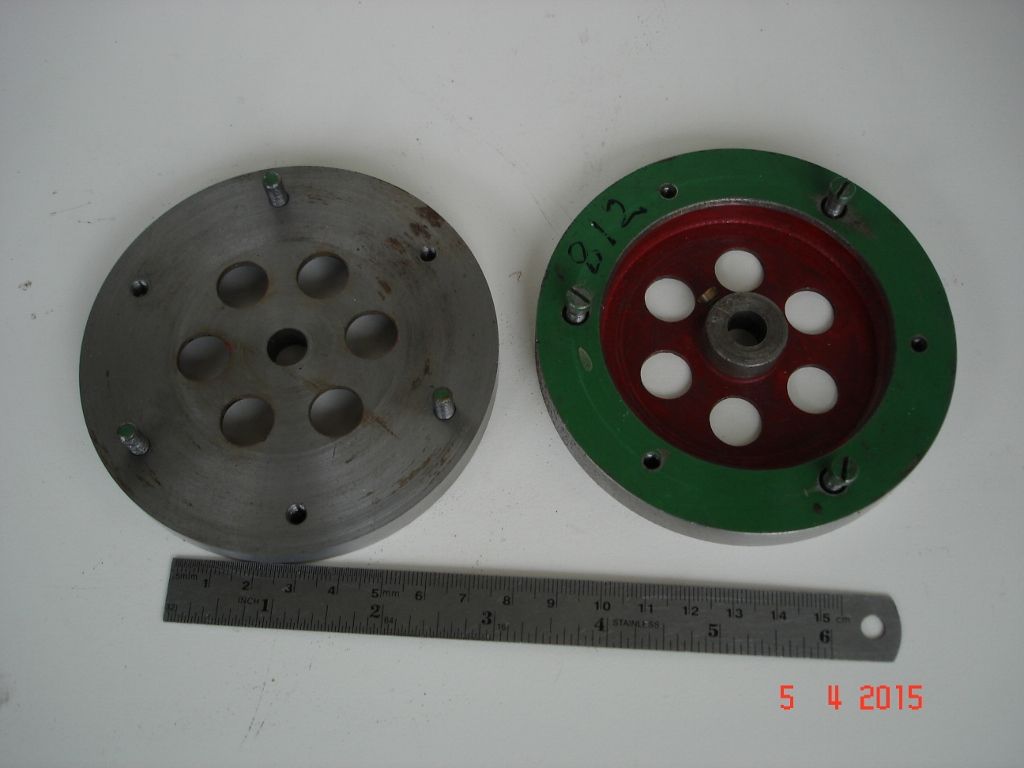Determining a flywheel diameter.
Determining a flywheel diameter.
- This topic has 20 replies, 10 voices, and was last updated 21 August 2015 at 11:59 by
Ian S C.
Viewing 21 posts - 1 through 21 (of 21 total)
Viewing 21 posts - 1 through 21 (of 21 total)
- Please log in to reply to this topic. Registering is free and easy using the links on the menu at the top of this page.
Latest Replies
Viewing 25 topics - 1 through 25 (of 25 total)
-
- Topic
- Voices
- Last Post
Viewing 25 topics - 1 through 25 (of 25 total)
Latest Issue
Newsletter Sign-up
Latest Replies
- A lot of al/alloy, new engine, just finished
- “Your Sketch Is Not Closed,” says Alibre Atom, “So tough!”HERE?ERE?
- milling chuck
- smokeless cutting oil
- New member (a young’un)
- Another Mystery Tool!
- Recommended storage for heavy lathe tooling
- Boiler Design – issue 4765
- A little bit on the side
- My experiences with an ELS lathe






